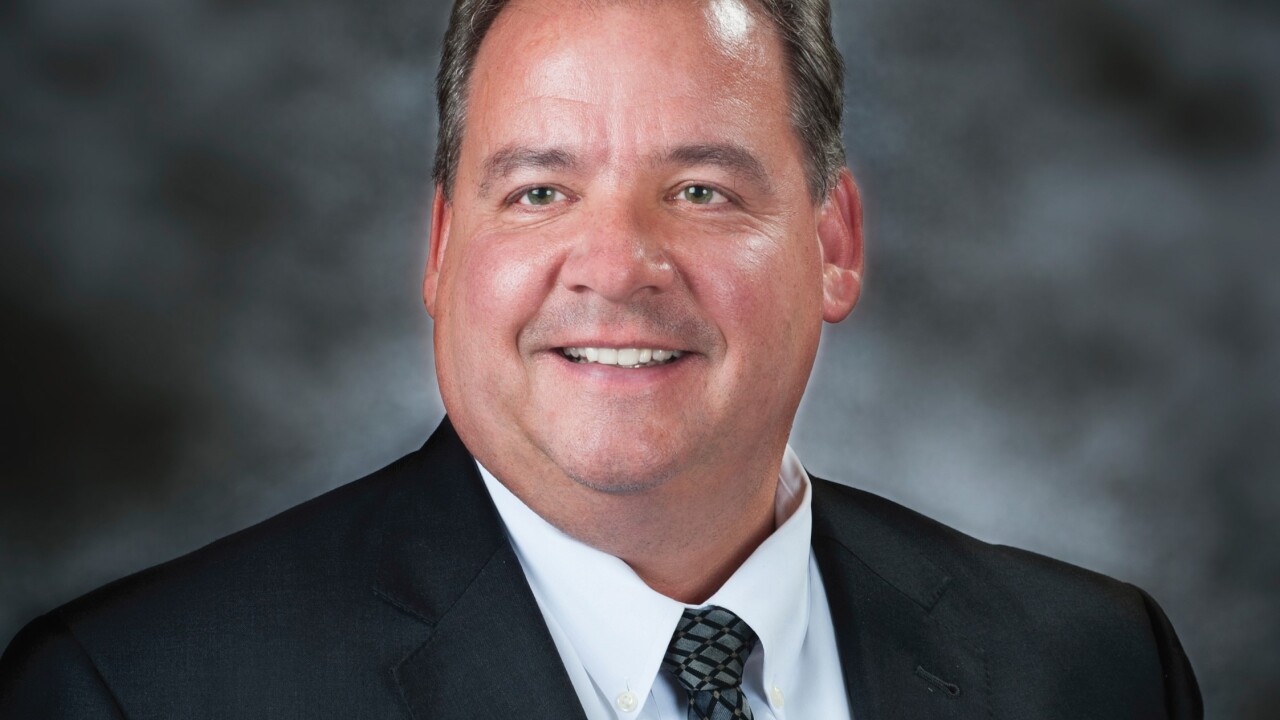Member-directed ACH transfers are the latest online banking essential and, according to many credit unions
But one small credit union here has decided to wait for online bill presentment instead.
"ACH transfers are attractive but cost prohibitive," said Karen Knight, comptroller at $31-million Tarrant County CU. "Right
Also known as account-to-account transfers, or A2A, the service allows members to transfer funds from their credit union
A recent Callahan & Associates' survey found that more than 80% of credit union members would prefer to transfer funds online
And Boston-based research firm Celent Communications recently confirmed that no financial services website should be without
Several large credit unions, including Navy FCU and State Employees CU in Michigan, are already offering the service.
Wescom CU in Pasadena, Calif. launched A2A two years ago, and saw usage increase by 90% last year. Brian Siegel, vice
Marlborough, Mass.-based Digital FCU is beta-testing A2A. The $1.9-billion CU expects that A2A will increase loyalty from its
These large credit union are charging a variety of fees for A2A. For example, Digital FCU will charge members up to $5 for
But Tarrant County CU just can't absorb the costs and doesn't want to charge members, according to Knight. "If we had more of
Less than 2% of Tarrant County CU's 5,500 members actively use online bill pay, provided for three years by iPay of
Despite periodically promoting bill pay by offering free months of use, members aren't biting, Knight said. "Members mainly use
Even though most members aren't taking to bill pay, Tarrant County CU's membership seems to be interested in the Internet
Knight believes that bill presentment will be more appropriate than A2A as a means for members to manage their financial
"Bill presentment will be less work for the member, and therefore more attractive to the member" Knight explained. With bill
"We're going to compare the costs of bill pay to bill presentment as soon as it becomes available," said Knight.





